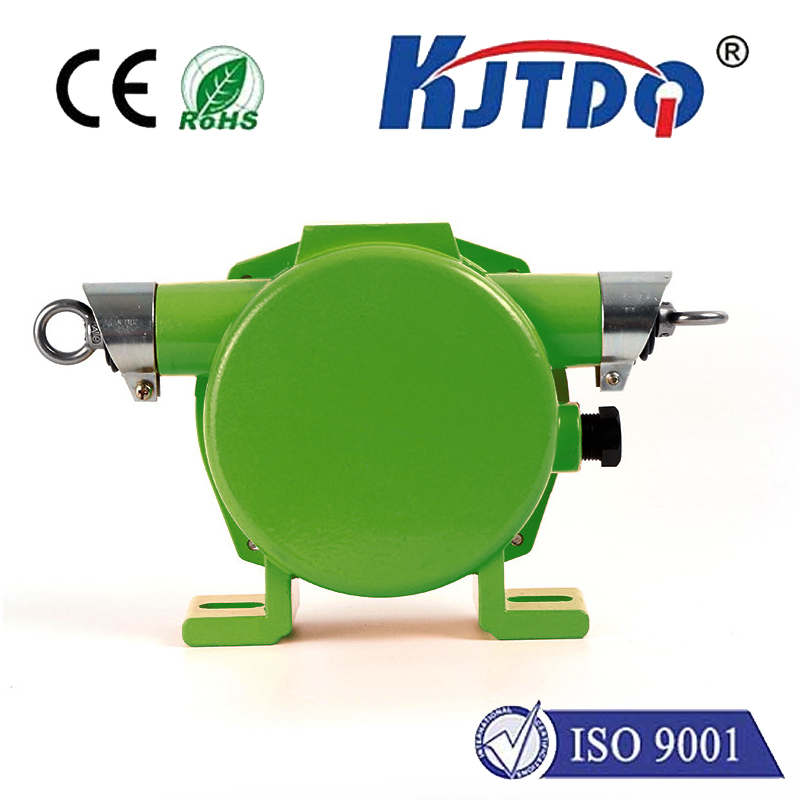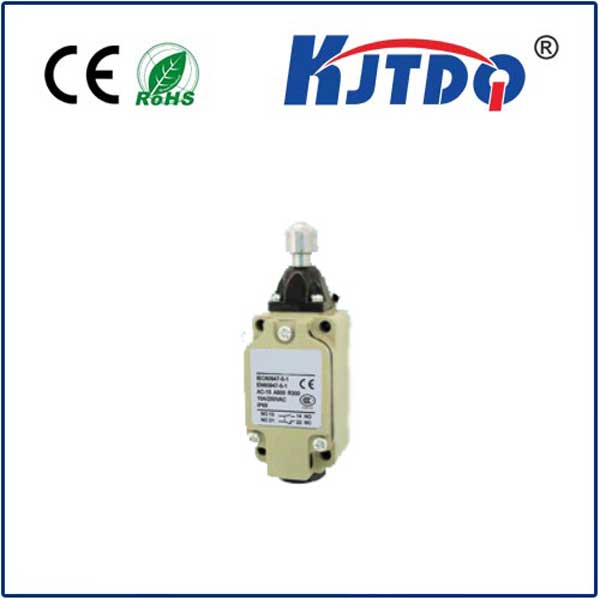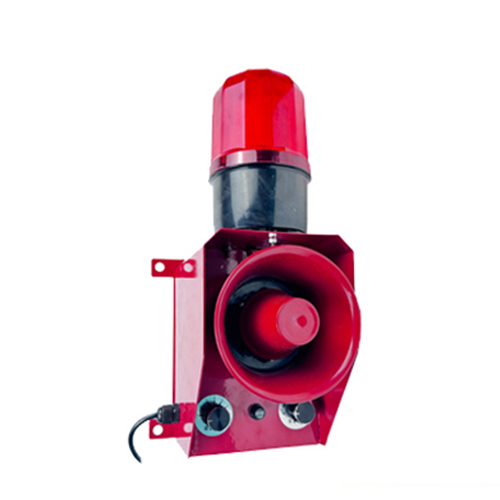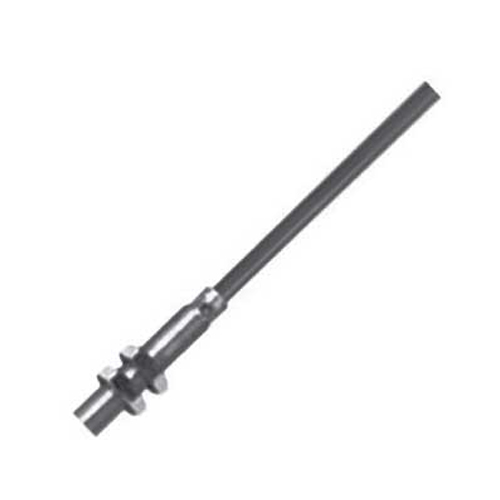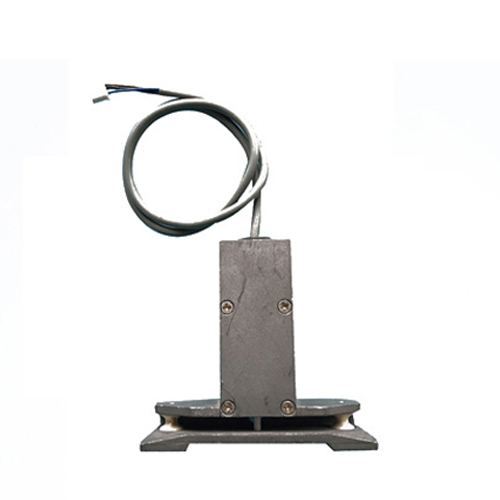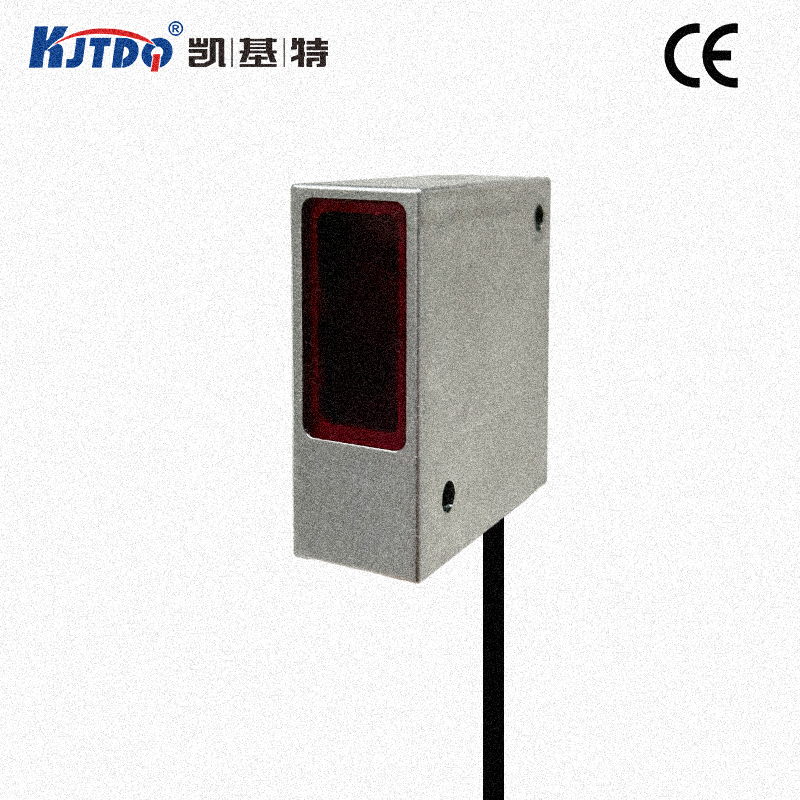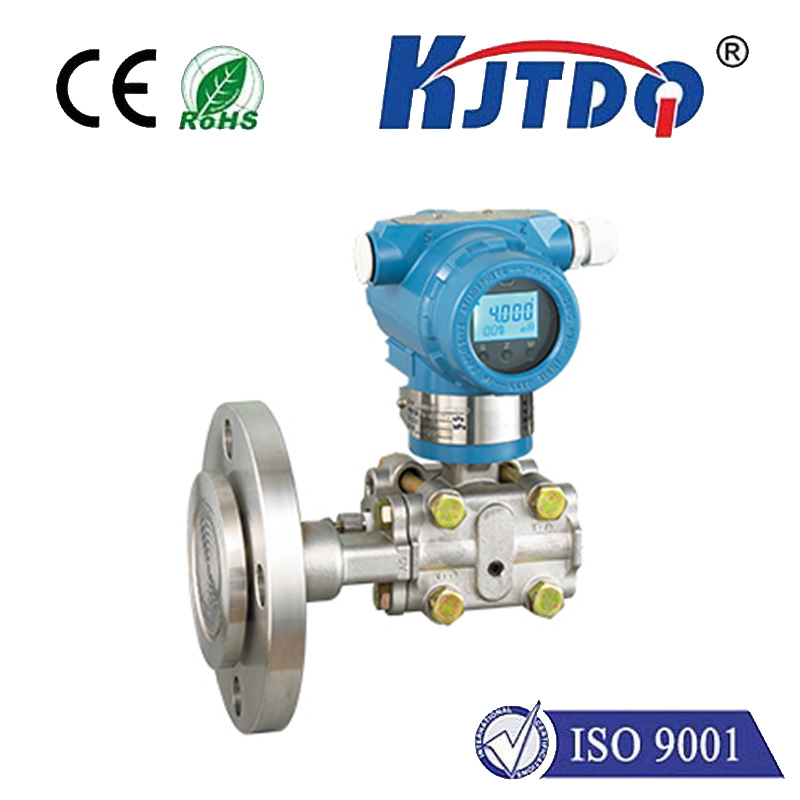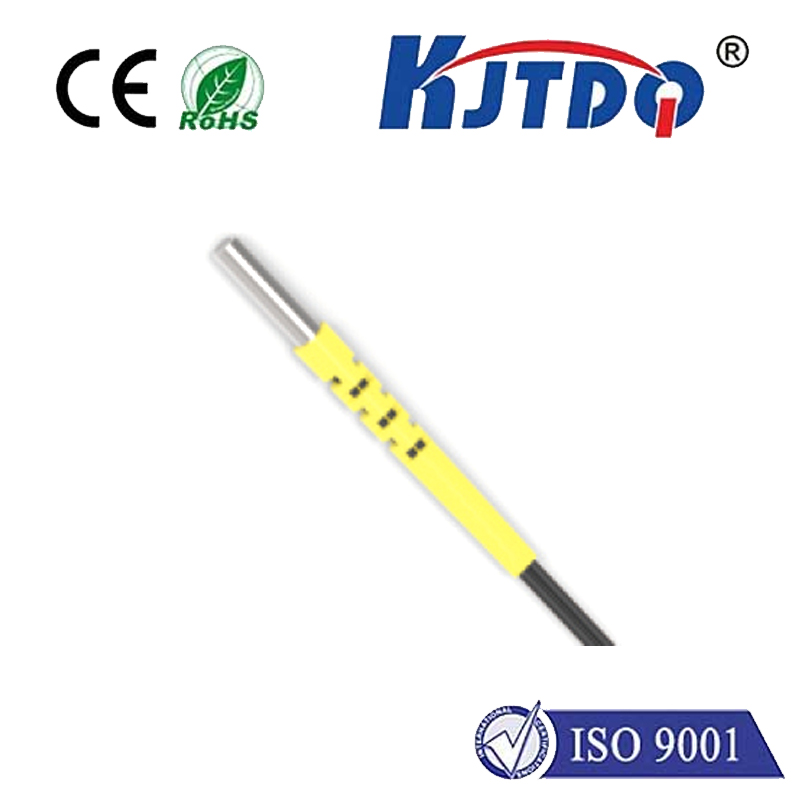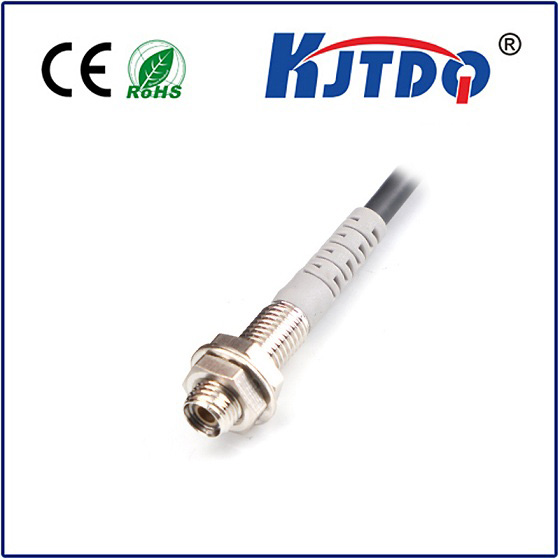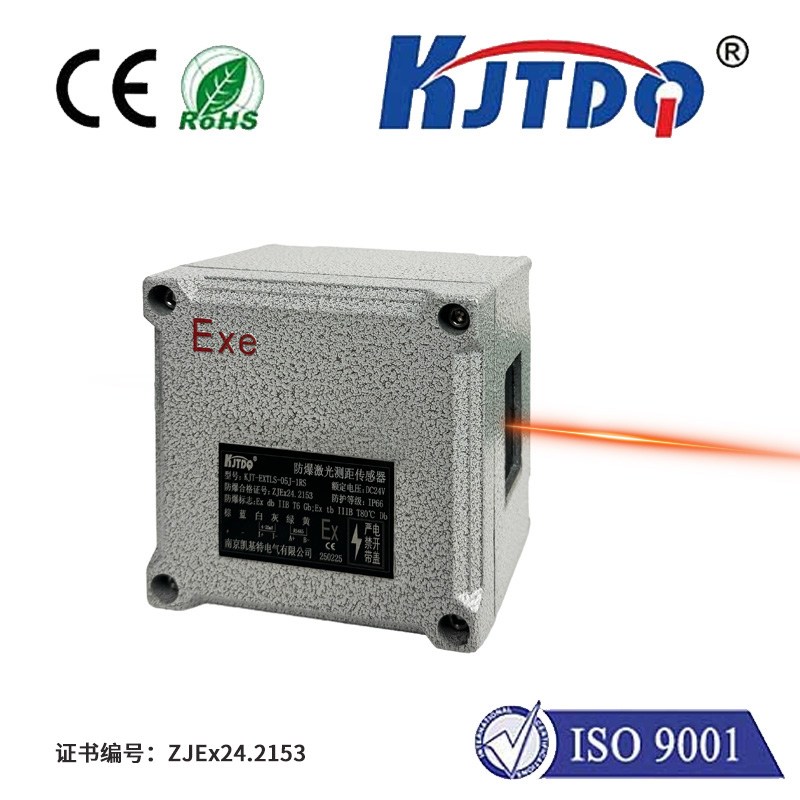BES03Z9 proximity sensor
- time:2025-10-17 00:25:17
- Click:0
The Mighty BES03Z9 Proximity Sensor: Your Automation’s Silent Guardian
Imagine a high-speed assembly line where robotic arms move with blinding precision. A component needs to be perfectly positioned before the next step. How does the system know? Often, the answer lies in an unassuming but critical component: the BES03Z9 proximity sensor. This compact powerhouse is a fundamental building block in countless industrial automation and machinery applications, performing vital detection tasks with unwavering reliability.
Unveiling the BES03Z9: Inductive Sensing at its Core
The term “BES03Z9 proximity sensor” reveals its core identity. “BES” likely denotes a specific manufacturer’s series (commonly associated with Balluff, a leader in sensor technology), “03” often indicates a compact cylindrical shape (e.g., M12 or M18 diameter), and “Z9” is typically a product variant code. Crucially, proximity sensor defines its function: detecting the presence or absence of a metallic target object without physical contact.
Specifically, the BES03Z9 is an inductive proximity sensor. It operates on a simple electromagnetic principle:

- An internal oscillator generates a high-frequency electromagnetic field emanating from the sensor’s active face.
- When a metallic object enters this field, eddy currents are induced within the target.
- These eddy currents draw energy from the oscillator circuit, causing its amplitude to decrease.
- The sensor’s evaluation circuitry detects this amplitude change.
- This detection triggers a switch in the sensor’s output state (e.g., from OFF to ON, or vice-versa).
Why the BES03Z9 Stands Out: Key Features & Benefits
While specific detailed specifications should always be verified in the manufacturer’s datasheet, the BES03Z9 designation points to a sensor designed for robust industrial performance:
- Compact & Robust Design: The “03” sizing implies an industry-standard form factor (like M12 or M18), making it easy to integrate into tight spaces on machinery. Its construction typically features stainless steel housing, offering excellent resistance to mechanical stress, impacts, and harsh industrial environments.
- Non-Contact Operation: The fundamental advantage. No physical wear occurs, leading to extremely long service life compared to mechanical switches. This eliminates maintenance downtime and replacement costs associated with worn contacts.
- High Switching Frequencies: Modern inductive sensors like the BES03Z9 can detect objects passing by at very high speeds, making them ideal for fast-moving production lines, counting applications, or verifying position on rotating machinery.
- Environmental Resilience: Expect a high IP rating (like IP67 or IP69K), signifying strong protection against dust ingress and high-pressure water jets. This allows reliable operation in washdown areas, outdoor settings, or dusty manufacturing floors.
- Electrical Versatility: The “Z9” suffix often indicates specific output configurations. Common options include NPN Normally Open (NO), NPN Normally Closed (NC), PNP NO, or PNP NC, allowing seamless integration with different PLC (Programmable Logic Controller) input types across various global standards. Operating voltage ranges are typically broad (e.g., 10-30V DC).
- Standardized Switching Distance (Sn): Like most inductive sensors, the BES03Z9 has a nominal sensing range (e.g., 2mm, 4mm, 8mm for M12/M18 sizes). Crucially, it provides a stable and repeatable detection point.
- LED Status Indicator: A built-in LED provides visual confirmation of the sensor’s operational state (e.g., power on, target detected), simplifying installation, commissioning, and troubleshooting.
Where the BES03Z9 Proximity Sensor Shines: Diverse Industrial Applications
The BES03Z9’s robustness, reliability, and non-contact principle make it indispensable across numerous sectors:
- Factory Automation: Detecting parts on conveyors, verifying the presence of components in fixtures or pallets, monitoring end positions of cylinders and slides, confirming tool changes on CNC machines, counting products.
- Packaging Machinery: Ensuring cartons or bottles are correctly positioned before filling, labeling, or sealing; detecting film/web breaks; verifying case flaps are closed.
- Material Handling: Monitoring the presence of pallets, detecting object positions on sorting lines, confirming bin levels (metal containers), ensuring robot end-effectors have picked up a part.
- Automotive Manufacturing: Verifying component placement on engines and transmissions, detecting clamps or fixtures in position, confirming door/window positions during assembly, robotic welding seam tracking.
- Food & Beverage Processing: Position detection of stainless steel tanks, conveyors, filling heads, and valves (often leveraging its IP69K rating for hygiene).
- Machine Tooling: Tool presence detection in tool changers, monitoring chuck positions, safeguarding access doors.
Installation and Care: Maximizing BES03Z9 Performance
While incredibly robust, following best practices ensures optimal performance and longevity:
- Mounting: Secure the sensor firmly using appropriate brackets or nuts compatible with its thread size. Ensure the target approaches the active sensing face squarely.
- Correct Sensing Distance: Factor in the sensor’s nominal switching distance (
Sn). For reliable operation, install the sensor so the target approaches within approximately 80% of Sn. Account for any potential target material differences (different metals affect sensing distance).
- Environment: Be mindful of ambient temperatures (check datasheet limits) and avoid mounting near strong magnetic fields or other sensors operating at the same frequency, which could cause interference.
- Wiring: Connect the sensor according to its specific wiring diagram (PNP vs. NPN, NO vs. NC) and the PLC/controller requirements. Always ensure correct polarity and voltage.
- Maintenance: Primarily involves periodic cleaning of the sensing face to remove accumulated debris, metal shavings, oil, or grime that could dampen the electromagnetic field and reduce effective range. Visual inspection for physical damage is also recommended.
The Indispensable Workhorse
The BES03Z9 proximity sensor, representative of its class, exemplifies the elegant engineering that underpins modern automation. Its ability to provide reliable, contactless detection of metallic objects in demanding environments makes it a cornerstone of efficiency, safety, and productivity across global industries. While it operates silently in the background, the functionality and precision of countless automated systems hinge directly on the dependable performance of sensors like the BES03Z9. Choosing the right inductive proximity sensor is often the first step towards building a robust and fault-tolerant control system.






